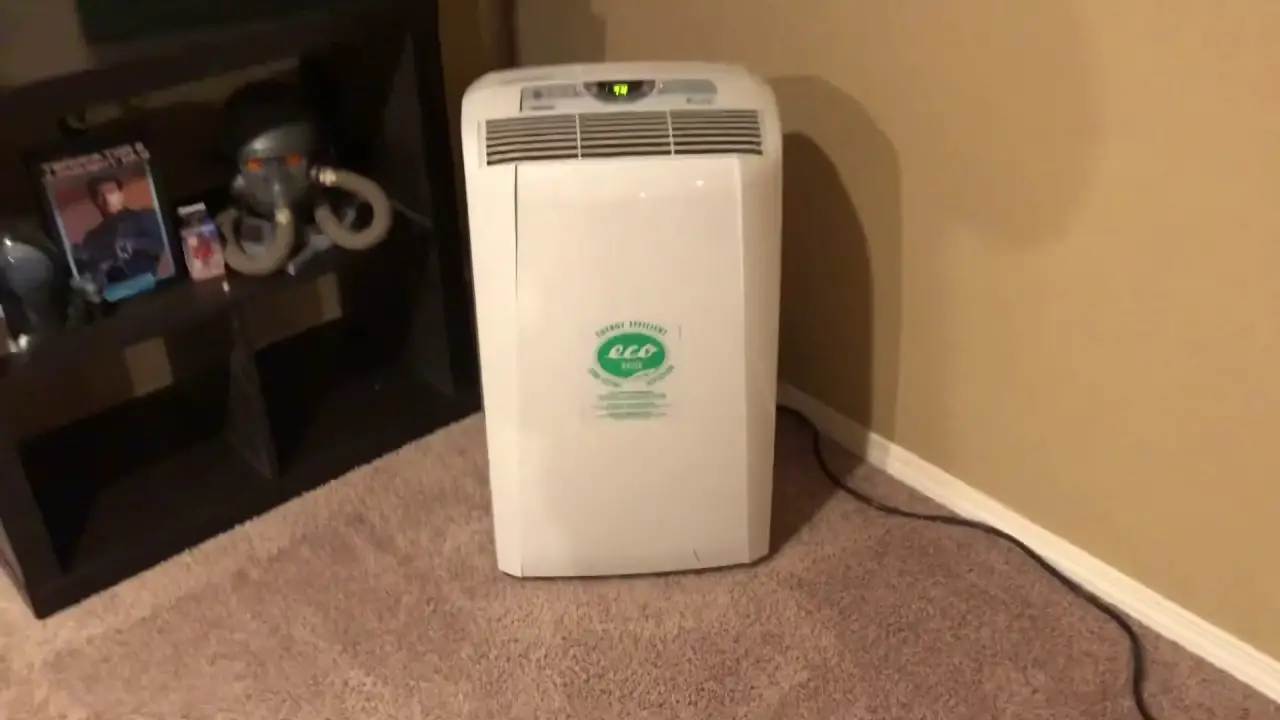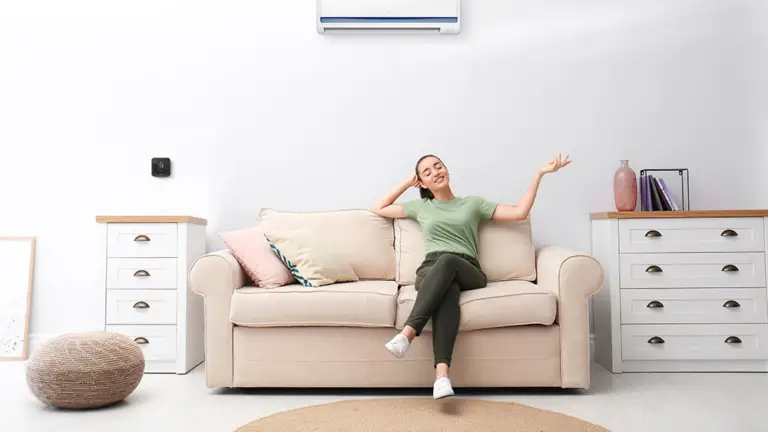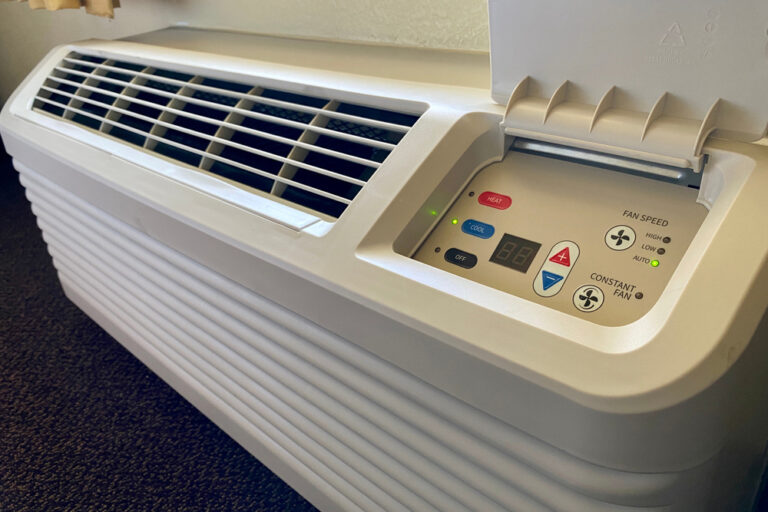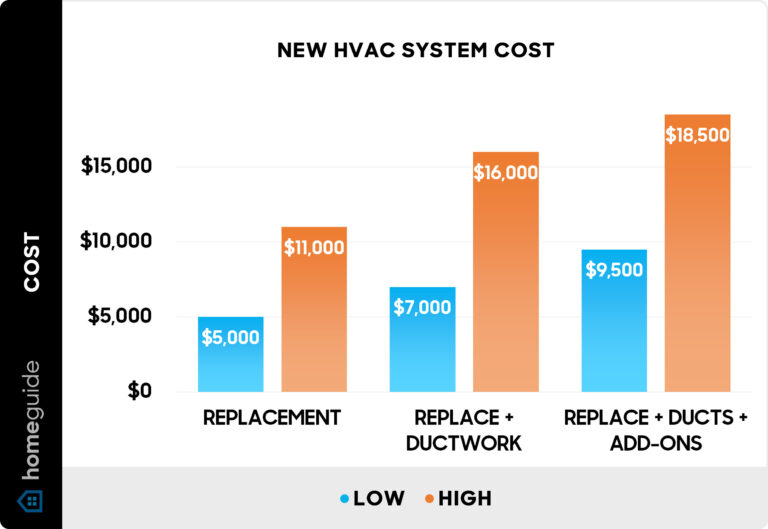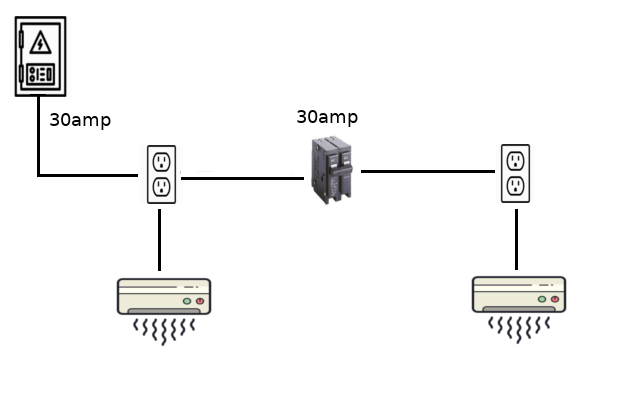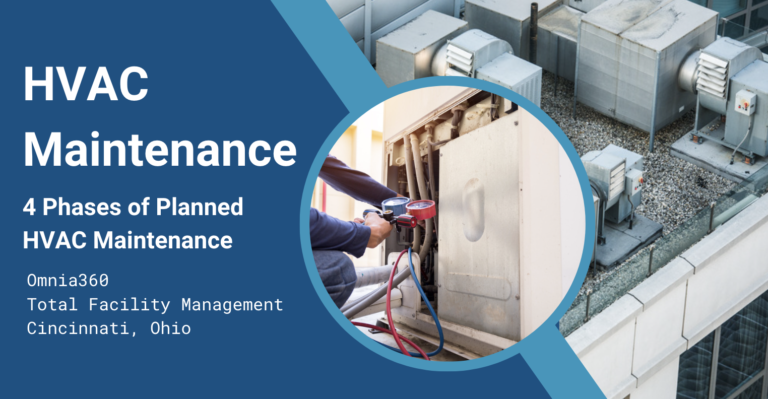Can A Portable Air Conditioner Be Used Without A Window? Find Out!
Yes, a portable air conditioner can be used without a window. You need an alternative venting option.
Portable air conditioners typically require venting to expel hot air. While windows are the most common venting option, alternative methods are available. You can vent through a sliding door, wall, or ceiling. Using a venting kit, you can modify these structures for proper airflow.
Ensure the venting method is secure to maintain the unit’s efficiency. Proper venting prevents the air conditioner from overheating and maintains indoor air quality. Always follow the manufacturer’s guidelines for safe and effective operation. With the right setup, your portable air conditioner can provide cool air without needing a window.
Introduction To Portable Air Conditioners
Portable air conditioners are perfect for cooling rooms. They are easy to move. These units are helpful in hot weather. Many people wonder if they can use them without a window.
What Are Portable Air Conditioners?
Portable air conditioners are small, movable units. They cool rooms by removing warm air. These units have a hose to vent warm air outside.
| Feature | Description |
|---|---|
| Size | Small and easy to move |
| Cooling | Removes warm air from room |
| Ventilation | Uses a hose to vent air |
Why Choose Portable Air Conditioners?
- Easy to move from room to room
- No need for permanent installation
- Perfect for renters or temporary setups
- Provides quick cooling in small spaces
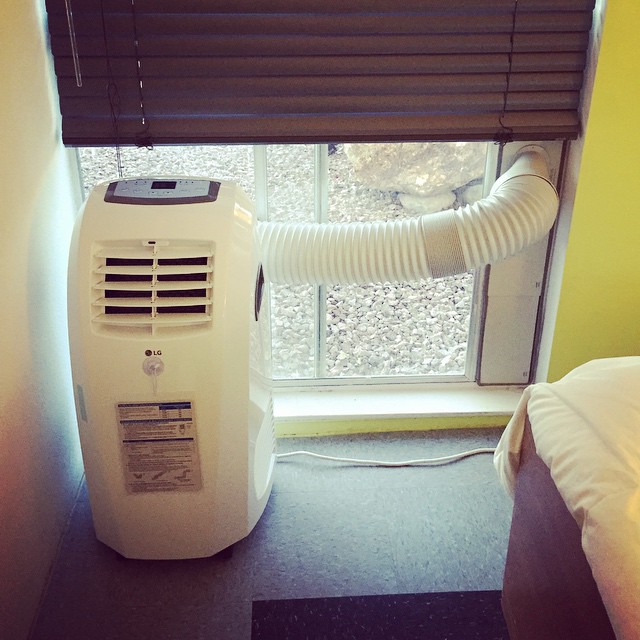
Credit: americanhomewater.com
Standard Venting Requirements
Portable air conditioners need proper venting to work well. They remove hot air from the room. Without venting, the hot air stays inside. This makes the room hotter.
Why Venting Is Necessary
Venting is necessary to expel hot air outside. This keeps the room cool. If hot air is not vented, the air conditioner cannot cool the room.
Here are some reasons why venting is crucial:
- Efficient Cooling: Removes hot air from the room.
- Prevents Overheating: Keeps the unit from overheating.
- Improves Air Quality: Reduces humidity and keeps the air fresh.
Common Venting Options
Several venting options exist for portable air conditioners. Each option suits different needs.
| Venting Option | Description |
|---|---|
| Window Venting | Most common. Uses a window kit to vent hot air outside. |
| Sliding Door Venting | Ideal for rooms with sliding doors. Uses a special kit. |
| Drop Ceiling Venting | Vents hot air into a drop ceiling. Suitable for offices. |
| Through the Wall Venting | Requires drilling a hole in the wall. Permanent solution. |
Each venting option has its pros and cons. Choose the one that fits your space best.
Using Portable Ac Without A Window
Have you ever wondered if you could use a portable air conditioner without a window? Many people face this dilemma, especially those in windowless rooms or offices. The good news is that there are several ways to make it work. Let’s explore some creative solutions and weigh their pros and cons.
Alternative Venting Solutions
Using a portable air conditioner without a window is possible with some adjustments. Here are some effective venting solutions:
- Sliding Door: If you have a sliding door, you can use it for venting. A venting kit can fit into the gap, allowing the hot air to escape.
- Drop Ceiling: In offices with drop ceilings, you can vent the AC through the ceiling tiles. Use ducting to channel the hot air out.
- Wall Venting: Creating a small hole in an exterior wall is another option. Install a vent cover to maintain aesthetics and functionality.
- Dryer Vent: Use an existing dryer vent to expel hot air. Ensure the vent is clean and unobstructed.
- Through a Door: You can also vent through a door. Use a sealing kit to minimize air leaks.
Pros And Cons
Let’s look at the pros and cons of using a portable AC without a window:
| Pros | Cons |
|---|---|
| Flexibility: Can be used in windowless rooms. | Installation: Some solutions require modifications. |
| Mobility: Easy to move from one room to another. | Efficiency: May reduce cooling efficiency. |
| No Permanent Setup: Ideal for renters or temporary setups. | Noise: Some setups can be noisy. |
| Cost-effective: No need for expensive window units. | Maintenance: Regular cleaning of vents required. |
Venting Through Walls
Portable air conditioners usually need a window for venting. But what if you don’t have a window? You can still use them by venting through walls. This method is effective and can be simple with the right steps.
Installation Process
To vent through a wall, you need to cut a hole. Ensure the hole matches the size of the venting hose. Here are the steps:
- Choose a spot on the wall.
- Mark the area for the hole.
- Use a saw to cut the hole.
- Attach the venting hose to the portable air conditioner.
- Secure the other end of the hose to the hole.
- Seal around the hose to prevent leaks.
Benefits And Drawbacks
Venting through walls has its own set of pros and cons.
| Benefits | Drawbacks |
|---|---|
|
|
Choosing to vent through a wall can be a smart choice. It offers a permanent solution and improves room aesthetics. But it’s not without challenges. Cutting a hole in the wall can be daunting. It’s also not ideal for renters who can’t make permanent changes.
Venting Through Ceilings
Using a portable air conditioner without a window can be tricky. One option is venting through ceilings. This method offers a unique solution when windows are not available. Let’s explore how it works and the challenges you might face.
How It Works
Venting through ceilings involves directing the hot air up and out of the room.
This can be done by installing a vent in the ceiling. You connect the air conditioner’s exhaust hose to this ceiling vent.
The hot air then escapes into the attic or outside. This method is effective in removing hot air from the room.
Considerations And Challenges
Several factors need to be considered before venting through ceilings. First, check if your ceiling is suitable for installation.
- Ensure there are no electrical wires or pipes in the way.
- Make sure the attic can handle the extra heat.
Second, you may need professional help to install the vent. Incorrect installation can lead to damage or safety issues.
Third, consider the noise factor. Venting through the ceiling might increase noise levels in the attic.
Lastly, ensure the vent is sealed properly to avoid leaks. Poor sealing can reduce the air conditioner’s efficiency.
| Consideration | Details |
|---|---|
| Ceiling Suitability | Check for wires or pipes before installation. |
| Professional Help | Consider hiring professionals for proper installation. |
| Noise Factor | Venting might increase attic noise. |
| Proper Sealing | Ensure vents are sealed to avoid efficiency loss. |

Credit: www.tcl.com
Venting Through Doors
Venting a portable air conditioner through a door is a viable option. It is useful when window access is limited. This method ensures the hot air is expelled efficiently.
Temporary Door Venting Kits
Temporary door venting kits are a popular solution. They are easy to install and remove. These kits include an adjustable panel that fits in your door. The panel has a hole for the exhaust hose. This setup helps to vent hot air outside.
Here is a simple setup guide:
- Measure the height of your door.
- Adjust the panel to fit your door height.
- Secure the panel in place using the provided hardware.
- Attach the exhaust hose to the panel hole.
- Ensure the hose is tightly connected to avoid leaks.
Effectiveness And Efficiency
Using door venting kits can be very effective. They help maintain indoor air quality. The hot air is expelled outside, keeping your room cool.
The efficiency of this method depends on proper installation. Make sure there are no gaps around the panel. Gaps can let hot air back into the room.
Here are some tips to improve efficiency:
- Check for leaks around the panel.
- Use insulation tape if needed.
- Ensure the exhaust hose is straight and not kinked.
By following these tips, you can maximize cooling efficiency. This ensures your portable air conditioner works optimally.
Using Ventless Portable Acs
Using ventless portable ACs can be a game-changer for many homes. These units offer cooling without the need for a window. They are perfect for spaces where traditional AC units aren’t feasible. Below, we dive into how these models operate and their limitations.
How Ventless Models Operate
Ventless portable ACs work differently from traditional units. They use evaporative cooling to lower the temperature. Here’s a step-by-step breakdown:
- Water Reservoir: Fill the unit’s tank with water.
- Absorption: The unit absorbs water through a cooling pad.
- Evaporation: Air passes through the wet pad, cooling down.
- Fan: A fan blows the cooled air into the room.
This process can make the air feel cooler. It’s a natural way to reduce heat without a vent.
Limitations Of Ventless Units
While ventless portable ACs have their perks, they come with limitations:
- Humidity Increase: They add moisture to the air.
- Cooling Capacity: They are less powerful than traditional ACs.
- Water Refills: Regular refilling of the water tank is needed.
- Not Effective in High Humidity: They work best in dry climates.
Understanding these limitations helps in making an informed decision. Ventless units are ideal for specific needs and environments.
Conclusion And Recommendations
Using a portable air conditioner without a window is possible. You need the right setup and accessories. This section will guide you on choosing the best solution.
Choosing The Right Solution
First, understand the types of portable air conditioners. There are vented and ventless models. Vented models need an exhaust hose. This hose removes hot air. You can vent through a sliding door, wall, or ceiling. Ensure the vent kit fits properly.
Ventless models do not need a hose. They use water to cool the air. These models are good for small rooms. They are also easier to move around.
Here are some tips for choosing the right solution:
- Check room size: Ensure the unit’s BTU matches the room size.
- Consider mobility: Choose a unit with wheels for easy movement.
- Look for energy efficiency: Select models with an Energy Star rating.
- Read reviews: Check user feedback for performance insights.
Final Thoughts
Portable air conditioners can work without windows. Use the right accessories and setup. Both vented and ventless models offer options. Choose based on your needs and room size. Enjoy a cool, comfortable space.
Remember to maintain your unit. Clean filters and check for leaks. Proper maintenance ensures efficiency and longevity.

Credit: www.angi.com
Frequently Asked Questions
What Happens If I Use A Portable Ac Without A Window?
Using a portable AC without a window can cause poor ventilation. The unit may overheat, and humidity levels can rise.
What Happens If You Don’t Vent A Portable Air Conditioner?
A portable air conditioner without venting can’t expel hot air, leading to inefficient cooling and increased humidity.
How Do You Install A Portable Air Conditioner Without A Window?
To install a portable air conditioner without a window, use a venting kit through a sliding door, wall, or ceiling. Ensure proper sealing to prevent air leaks.
Conclusion
Using a portable air conditioner without a window is possible. Options like venting through a door or wall exist. Proper ventilation is crucial for optimal performance. Consider all factors before making a decision. Portable air conditioners offer flexibility and convenience.
Ensure your setup meets the requirements for efficient cooling.

